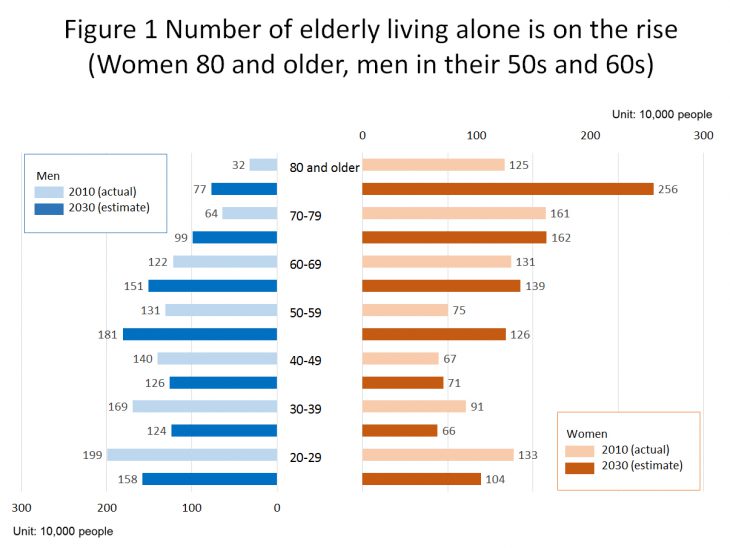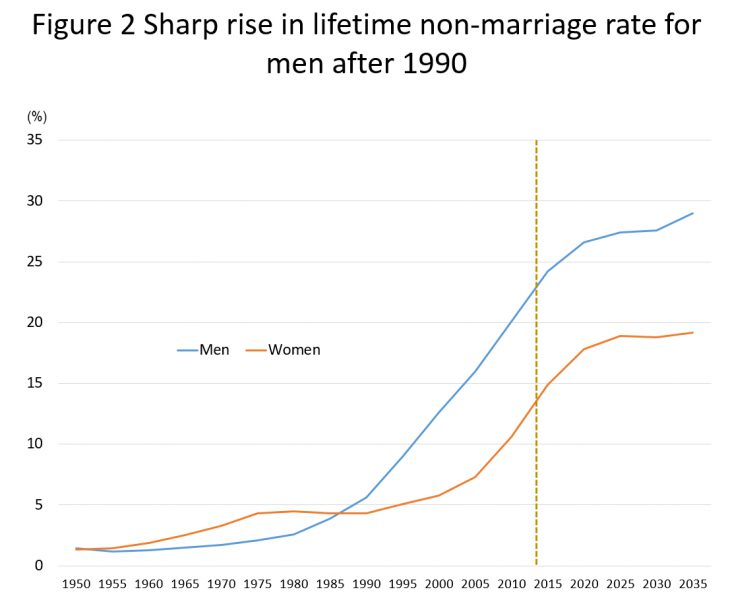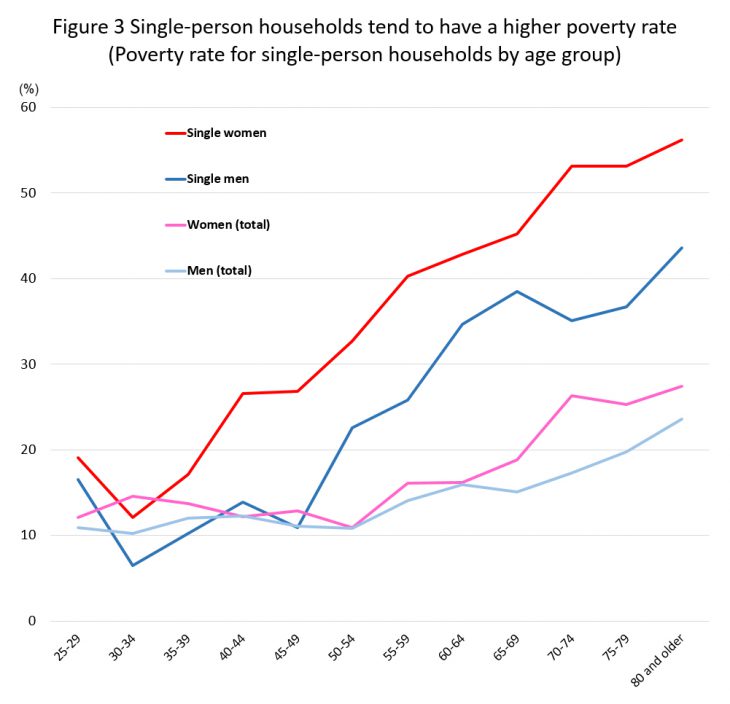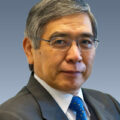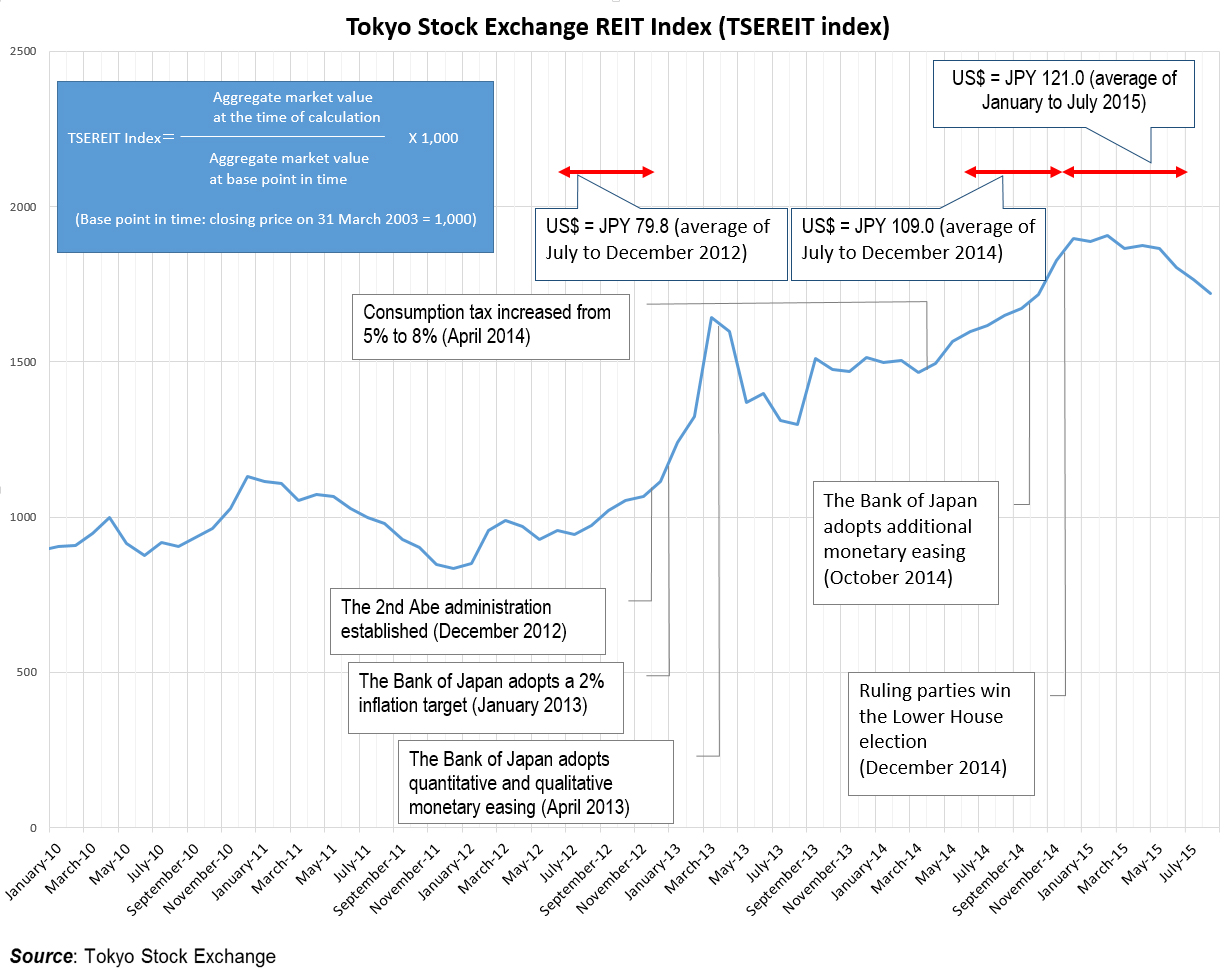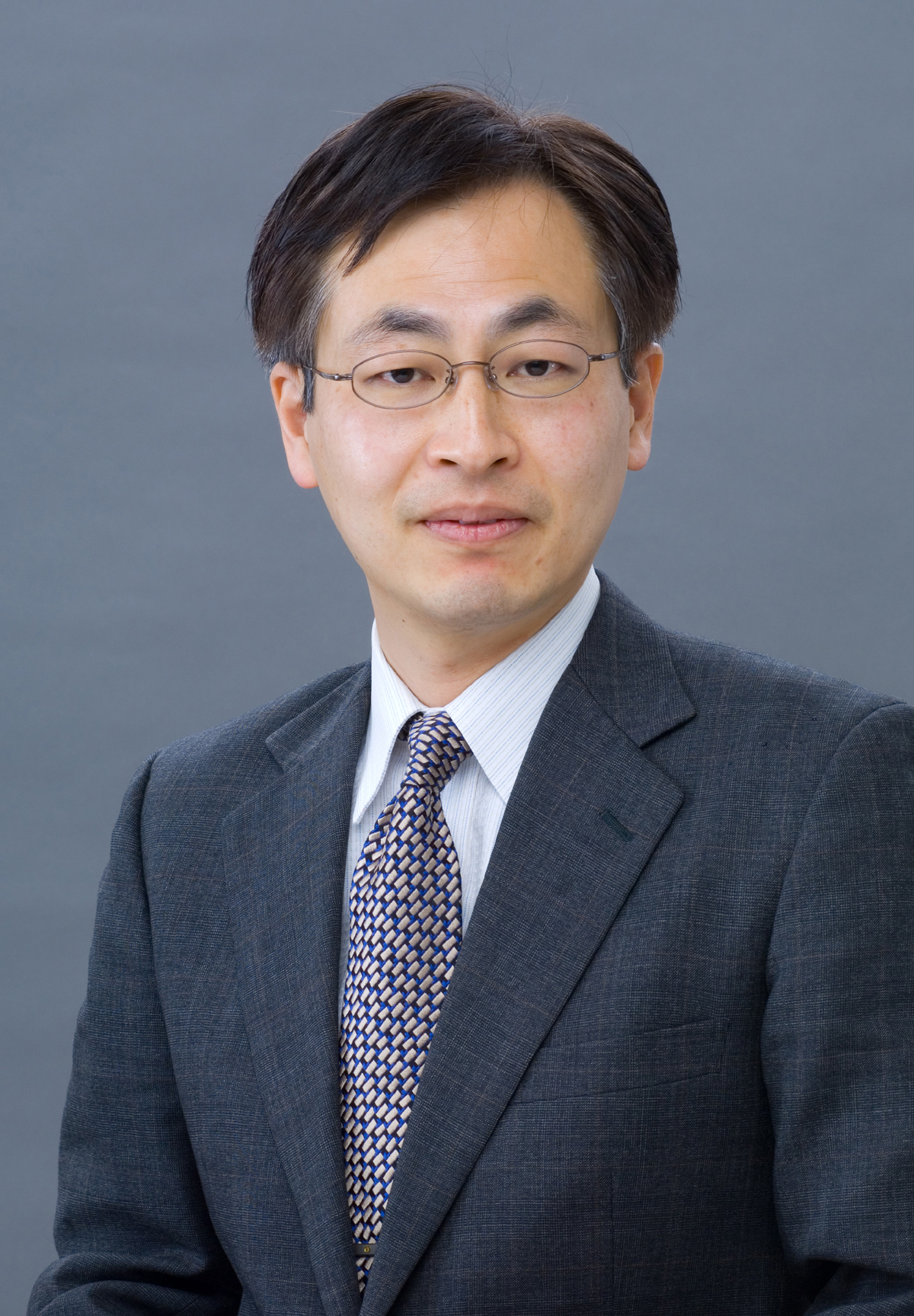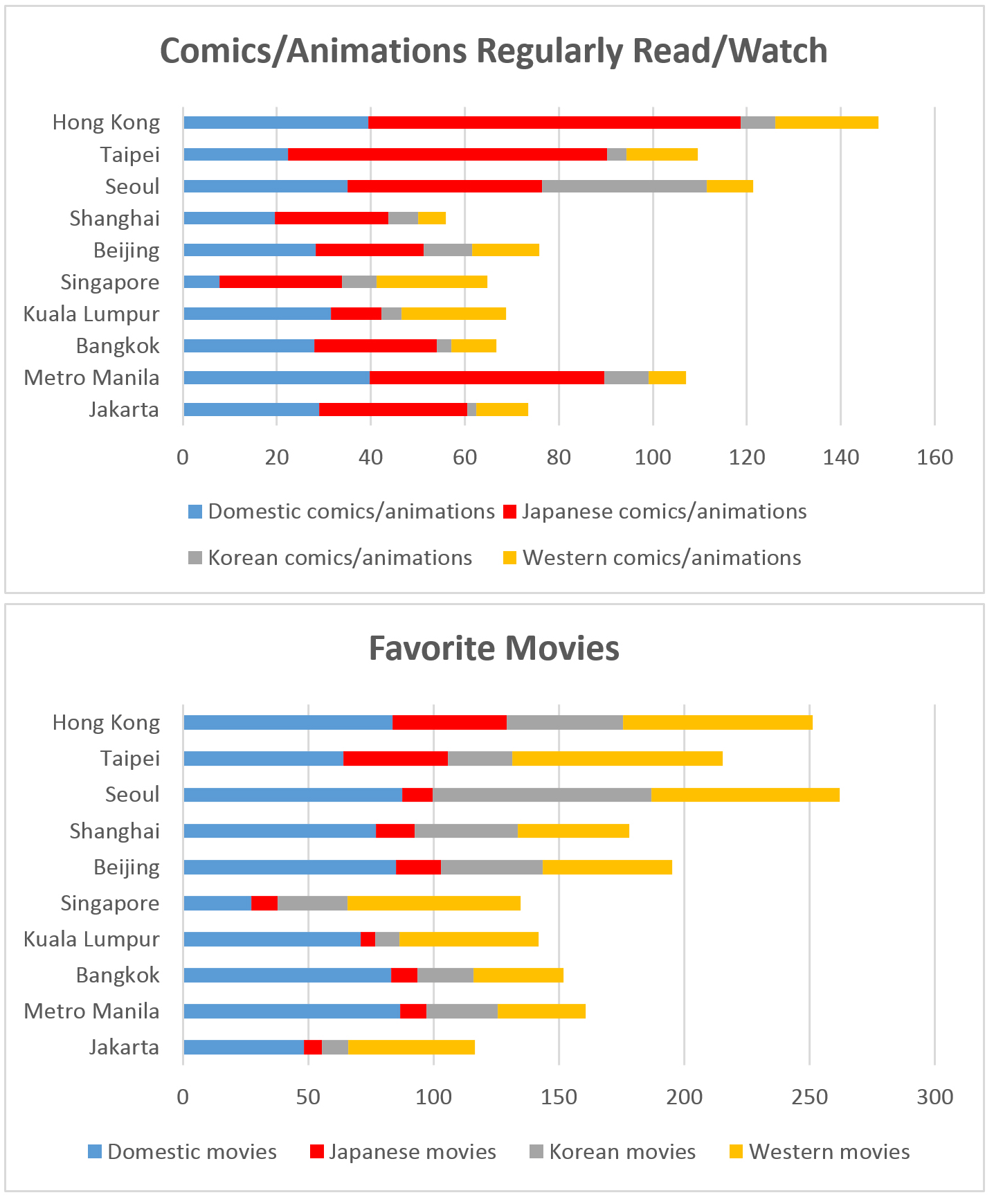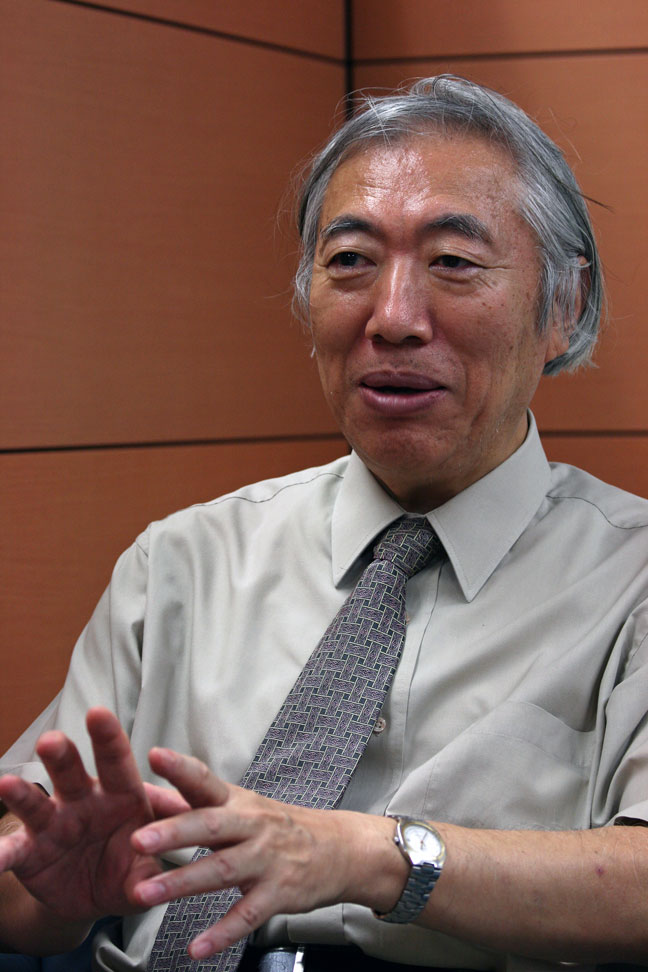The Rapid Increase of Elderly Single Households and the Declining Marriage Rate ― Social System Rebuild Inevitable
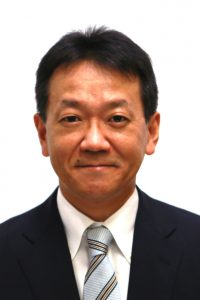
FUJIMORI Katsuhiko, Chief Research Associate, Mizuho Information & Research Institute, Inc.
Single-person households are on the rise. Living alone is no longer a phenomenon peculiar to young people. The numbers of elderly people living alone after losing their spouses or unmarried senior males living on their own have been growing rapidly.
The dramatic rise in the number of single-person households is perceived as an astonishing phenomenon in Japanese society, where a married couple living together with their family has long been seen as “standard.” Astonishing as it may seem, the growing number of people living alone also reflects a shift towards more diversity in the lifestyles of individual people and the way a family functions. Historically, Japan’s care system has been based on the idea of family involvement, in which the caregiver is a family member. The benefits of mutual encouragement within a family have traditionally played an important role. In light of these historical trends, the potential risks associated with the growing number of single-person households must be addressed in the years to come.
Research into the conditions of single-person households can be beneficial even for those who currently live with their family, because one day they may find themselves living alone following the death of their spouse, divorce, or some other reason. In this article, I will discuss the growth of single-person households and reasons behind this trend, along with recommended measures to address the issue.
Growing old without family support
First of all, let us take a look at the status quo of single-person households in Japan. As of 2010, the number of single-person households in Japan stood at 16,790,000, accounting for 13% of the country’s total population, or 32% of the number of all households. Meanwhile, the number of “standard family households” (parents and children) accounted for only 28% of all households for the same year. This means that the single-person households accounted for the highest percentage share by household category, ranking above that of standard family households.
When compared to the projections released by the National Institute of Population and Social Security Research in 2008 for the number of single-person households in Japan, the actual corresponding number for 2010 proved to be rising five years ahead of the projection. In other words, the number of single-person households as of 2010 (actual) was above 16,560,000, the level previously expected for 2015 according to the projections conducted by the research institute in 2008.
The number of single-person households is expected to rise further to 18,720,000 by 2030, which will account for 16% of total population or 37% of all households, according to the national research institute. This means that single-person households will account for the greatest percentage share of all households, and be well above that of standard family households (24%).
Of particular note is a significant change expected in the number of single-person households by age group over the projected period. As of 2010, the largest share of single-person households out of the total male population was men in their 20s (Figure 1). The reason for this large number is that many young people in this particular age group tend to start living on their own away from their parents for their job or to attend university. For higher age categories over 30, we see a gradual decline in the number of single adults. This is because people get married and form families of two or more. Meanwhile, the female demographic structure by age shows that the single population is high not only for women in their 20s but also those in their 70s. This is because women on average live longer than men, and consequently many find themselves living alone after their husbands die.
In 2030, however, the demographic structure of single-person households is expected to undergo a drastic change. The number of single-person households for people in their 20s will decline dramatically for both genders, reflecting the impact of low birthrates. Meanwhile, men in their 50s will account for the largest share of single-person households for males, and more men in their 60s will also be living alone. When it comes to females, the largest number of women living alone will be those 80 and over, with this number reaching as high as 2,560,000 households. Surprisingly enough, this number is twice as large as the level for 2010.
The higher number of males in their 50s living alone is primarily attributable to fewer people getting married. The percentage of unmarried individuals among people at the age of 50 is often referred to as the “lifetime non-marriage rate.” Having remained in the range between 1 and 3% through 1985, the rate for males started to surge in 1990, and reached 20.1% in 2010. Furthermore, it is forecast to climb as high as 27.6% for men in 2030. A higher lifetime non-marriage rate is also expected for women, but it is not as high as that for men. The lifetime non-marriage rate for women was 10.6% in 2010, and is expected to reach 18.8% in 2030 (Figure 2).
The growing number of elderly women aged 80 or older living alone can be attributed to the extended longevity of women, along with the tendency of elderly widows to continue living alone without their grown children. In fact, of the widows aged 80 or older, those living with their grown children accounted for 69.7% in 1995, but this percentage fell to 52.4% by 2010. This indicates that the percentage of elderly widows living together with their grown children has declined substantially, falling 17 percentage points in only fifteen years.
Furthermore, the number of unmarried elderly people is expected to grow in the years to come. To be more specific, the number of unmarried people aged over 65 is expected to rise from 1.2 million in 2010 to 3.15 million in 2030, a substantial increase of 163%. It is expected that these unmarried senior citizens will be living alone, and there will be a striking difference between them and other elderly people living alone after the death of their spouses. Unmarried senior citizens have no children, not to mention a spouse. In light of this, the elderly are expected to have more difficulty relying on their families in the future.
Next generation living alone: 2.83 million people
Looking at the issue from a different angle, we’ll focus our attention on “potential single-person households.” This is a group of people who live with their families now, but are extremely likely to constitute the majority of single-person households in the future. In specific terms, this demographic group encompasses “unmarried people aged 40 and over living with their parents”. Because the majority of “potential single-person households” are unmarried people aged 40 and over, it is assumed that most of their parents with whom they live are aged 60 and over. This suggests that these unmarried people are likely to find themselves living alone after their elderly parents pass away or become nursing home residents.
If that is the case, then how big is the demographic group of potential single-person households in Japan now? As of 2010, there were 2.83 million unmarried people aged 40 and over in Japan who lived with their parents (potential single-person households), accounting for 3.9% of the population aged 40 and over. When compared to the corresponding figure of 2.02 million for 2005, the 2010 survey shows a substantial increase of 40% in merely five years.
Of course, those unmarried people aged over 40 may get married and form households with two or more family members. But it is also true that many find it difficult to get married after the age of 40. According to the statistics regarding the marriage rates for unmarried adults by age group in 2010 (or the “first marriage rates”), males hit a peak rate of 7.1% in their late 20s. From there, the rate fell to 1.7% by the time they reached their early 40s, and dropped even further to 0.8% by their late 40s. Likewise, the corresponding rate for women (based on the 2010 survey) hit a peak rate of 10.0% in their late 20s, and then dropped to 1.5% by their early 40s and 0.5% by their late 40s.
Is the rise of single-person households a problem? Needless to say, it is essentially the personal decision of each individual to choose whether they wish to get married or live alone. People choose the lifestyle they lead based on their values. It is not a question of right or wrong. Another reason behind the rise of sole living population is that women enjoy greater financial independence than they did in the past, and no longer have to marry to live. For society, that is good news because it means we now have a wider range of lifestyle choices available.
Risks concerning poverty, nursing care, and social isolation
The downside of this news is that the single-person households generally tend to carry a higher risk than households comprised of two or more family members. People living alone have no family members living with them who can provide nursing care in case they need it. Specifically speaking, single-person households carry the following three risks.
The first is poverty. It is easy for people living alone to sink into poverty if illness prevents them from working or if they become unemployed. People who are married can live on their spouse’s income, but this option does not exist for those living alone.
Furthermore, compared to households with two or more family members living together, single-person households tend to have a higher proportion of people engaged in irregular work. It is often argued that the reason for this trend is the financial instability of irregular male workers. Even if they want to get married, this instability makes it impossible or difficult for them to do so. To make matters worse, the proportion of irregular workers is higher for women than for men, and the number of unmarried women with a temporary job categorized as the “primary income earner” has been on the rise in tandem with the prevailing tendency to stay unmarried.
In fact, a comparative analysis of the poverty rate by gender shows that the rate as a percentage starts rising among unmarried women in their late 30s, and among men in their early 50s. This also suggests that the poverty rate for single-person households is higher than that for all households for both genders. The gap in the rate between single-person households and all other households expands with each higher age category (Figure 3). The poverty rate went up to 38.3% for unmarried men aged 65 and over, and up to 52.3% for women aged 65 and over.
The second risk is nursing care. Elderly people living alone face challenges when they are ill or need nursing care because they have no family support. Despite the introduction of the public nursing care insurance system, the survey conducted by the Health Ministry shows that 70% of care recipients indicated that “the main caregiver is a family member.” As this survey shows, Japan’s care system is based on the premise of family involvement, and this remains true even today.
Meanwhile, caring for their parents will probably be the immediate challenge facing grown children before they enter the elderly age group. Historically, elderly parents have tended to rely on their married children in their 40s or 50s for nursing care, and this challenge was typically handled and overcome by the married couple within the family. However, this traditional way of caring for elderly parents is beginning to face problems amid the growing number of unmarried people.
These days, more unmarried adult children tend to live with their elderly parents so they can look after them. These individuals are sometimes called “single caregivers.” Single caregivers usually find it difficult to strike a balance between work and nursing care, not to mention the financial burden they must bear on their own. According to the Employment Status Survey conducted by the Ministry of Internal Affairs and Communications from October 2011 to September 2012, the number of workers who left their jobs in order to provide “nursing care for family” was around 100,000 a year, of which people in their 40s and 50s in the prime of their working life accounted for 54%.
The third risk is social isolation. According to media reports in recent years, more elderly people living alone die unnoticed, and it is not until many days that their bodies and the circumstances of their lonely deaths are discovered. These reports show that social isolation is becoming apparent among elderly people living alone. The Cabinet Office conducted a survey on the aging society in Japan in 2009 and asked elderly citizens aged 65 and older whether they were worried about dying alone. 65% of the elderly singles stated that they felt “dying alone was an issue of great concern.” This is higher than the corresponding percentage figure for two-person husband-and-wife households (44%) and three-generation-family households (30%).
Reestablishing regional nursing care link
So what needs to be done to address the issue of rising single-person households? First, we need to enhance the function of the social security system. The current social security syst
em in Japan is based on the premise of family involvement. It is not set up to sufficiently accommodate the risks associated with the rising number of single-person households. We need to adopt a social policy that seeks to enhance “public support”. There is no family support for single-person households. As the role of family continues to diminish, it is becoming increasingly difficult to expect family support.
The second measure is to build communities. We need to provide a means for local communities to mutually support one another. To elderly citizens who have retired from work, local communities can be “a place for interacting with society.” In some local communities, enthusiastic NPOs and other organizations have established “places to work” and “places to socialize with people.” In these places, a means is being established that enables aging people living alone to help others in the community, and when they get older, be the recipients of care services. These initiatives are considered effective for helping to prevent poverty and isolation from the community. We need to further enhance public support for these activities.
Thirdly, we need to provide better support for irregular workers. For young people who have no choice but to work part-time in an era when it is difficult to find regular work, on-the-job training opportunities are very limited, making it hard to get hired as a regular worker. We need to take measures to correct social imbalances that individuals cannot overcome on their own.
The implementation of social measures to cope with the expanding population of single-person households will help establish a mature society that can accommodate a diverse range of lifestyles and the way families functions. Just as a barrier-free community can also be a comfortable place for those without physical disabilities, I believe that a community which provides comfort for single-person households in the area will be a nice place for anyone to live in. We need to establish a society where people can go beyond blood relations and mutually help one another on both the public level and community level.
Translated from “Mikonka de Kyuzo suru Koreisha-tanshin-setai ― Shakai no Seidosekkei Minaoshi ga Fukahi (The Rapid Increase of Elderly Single Households and the Declining Marriage Rate ― Social System Rebuild Inevitable),” Weekly Economist, July 15 2014, pp.18-21 (Courtesy of Mainichi Shimbunsha). [2014]
